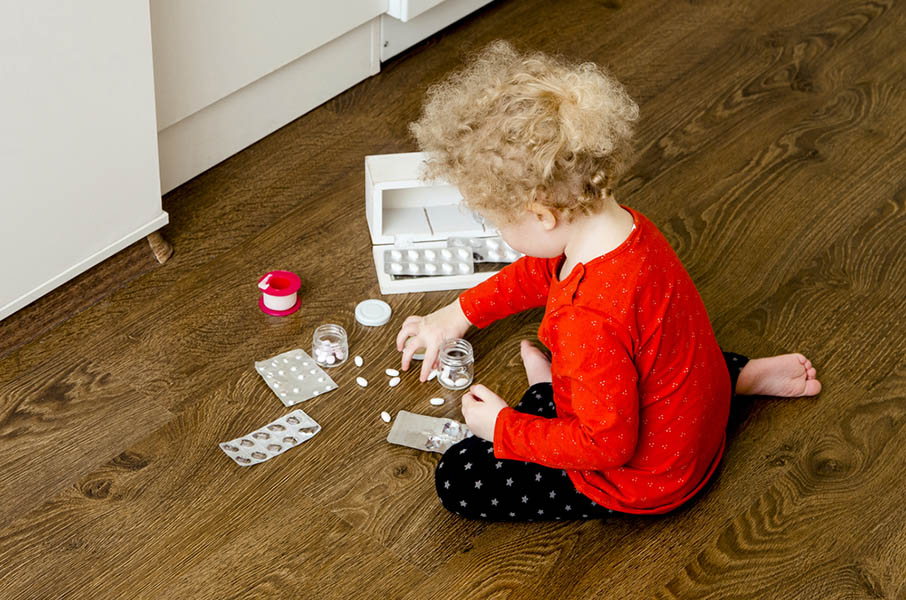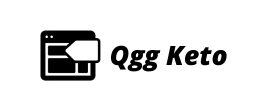In May 2023, FDAs package insert for Lexapro (escitalopram) was updated. The drug can be used for depression in children from 12 years of age, but for generalised anxiety disorder (GAD), the age group was lowered to only 7 years.
It appears from the package insert that only one trial, by Strawn et al., provided the basis for the lowering to 7 years. This trial was published in Journal of Child and Adolescent Psychopharmacology, which also published the fraudulent placebo-controlled trial of paroxetine in children with depression (GSK study 329 by Martin Keller et al.). The editor has refused to correct the serious errors in the article. There were twice as many cases of suicidal and self-injurious behaviors on paroxetine than those reported in the paper!
 Keller et al. concluded that Paroxetine is generally well tolerated and effective for major depression in adolescents. It was neither. The restoration of this trial found that The efficacy of paroxetine and imipramine was not statistically or clinically significantly different from placebo for any prespecified primary or secondary efficacy outcome and 11 versus one patients experienced definite suicidal and self-injurious events (P = 0.01, Fishers exact test, my calculation).
Keller et al. concluded that Paroxetine is generally well tolerated and effective for major depression in adolescents. It was neither. The restoration of this trial found that The efficacy of paroxetine and imipramine was not statistically or clinically significantly different from placebo for any prespecified primary or secondary efficacy outcome and 11 versus one patients experienced definite suicidal and self-injurious events (P = 0.01, Fishers exact test, my calculation).
In the trial by Strawn et al., 138 children with GAD were randomized to escitalopram and 137 to placebo for 8 weeks. The trial report was ghostwritten: Writing and editorial assistance were provided by Carol Brown, MS, of Prescott Medical Communications Group (Chicago, IL), which was funded by AbbVie. Carol Brown was not one of the authors, although she wrote the paper, and no one is listed in the byline or anywhere else in the paper as having performed the statistical analyses, which therefore likely involved one or more ghosts controlled by AbbVie. Statistical ghosts in industry-funded trials are very common, but the anonymity leads to lack of accountability. No one is named that can be criticized and no comparisons can be made with what this person has done earlier.
Only one of the 11 authors did not have a financial conflict of interest of relevance for the trial. Nine of the authors were employees of AbbVie or the contract research organizations AbbVie had hired, and four of the authors may hold stock in AbbVie or a company AbbVie paid to run the study. Are we to believe that the authors dont know if they have stock? This seems to be copy and paste information that can be used for all studies. It may rain tomorrow and it may not rain. This sentence, and may hold stock are empty tautologies. What about: Our drug may have worked and it may not have worked?
The article concludes that Escitalopram reduced anxiety symptoms and was well tolerated. This also looks like a copy and paste conclusion drug companies routinely use. Any drug always seems to be effective and well tolerated, or safe and effective, which is impossible as all drugs have harms.
The claim about the drug being well tolerated is blatantly wrong. Treatment-emergent adverse events occurred in 76 of 137 children on drug and in 51 of 136 on placebo (P = 0.004, my calculation; there were no P-values for harms in the article).
A higher percentage of escitalopram-treated (13 ) than placebo-treated (2 ) patients had suicidal ideation (no P-value given, but I calculated P = 0.006) with the most common ideation in the least severe category (wish to be dead; escitalopram = 9 , placebo = 1 ) (no P-value given, but I calculated P = 0.02). It is inexcusable that suicidality was not a primary outcome and was not tested statistically, as it has been known for decades that these drugs double the risk of suicide in children.
Readers might also wonder how I wish to be dead can be the least severe suicidal ideation category.
The 8-week trial period was followed by a 1-week double-blind down-taper period where 94 children receiving 20 mg/day got 10 mg/day and 43 children receiving 10 mg/day got placebo. This abrupt tapering was unethical and violated international guidelines. It is not surprising that 5 children on drug versus 2 on placebo experienced suicidal ideation or behavior during this week, and that 4 versus 1 wished to be dead (according to the supplementary material).
As regards the effect, it was minor and only statistically significant for the Pediatric Anxiety Rating Scale (P = 0.03) and not for the Clinical Global Impression of Severity scale or the Childrens Global Assessment Scale. All these scales are observer ratings. The children were not asked how they felt, which could have combined their perceptions of both benefits and harms in the same outcome measure. Such a preference measure would likely have led to the finding that the children preferred placebo over escitalopram.
FDAs package insert for Lexapro
The package insert is also highly misleading. It notes that, in pooled analyses of placebo-controlled trials of antidepressant drugs, the incidence of suicidal thoughts and behaviors in the antidepressant-treated patients age 24 years and younger was greater than in placebo-treated patients. For patients less than 18 years old, 14 additional patients per 1000 patients treated will experience suicidal thoughts and behaviors on drug compared to placebo.
Thus, the number needed to harm is 1/0.014 = 71. This is a substantial harm for drugs that dont work for children (see below).
The package insert claims that The safety and effectiveness of Lexapro have not been established in pediatric patients less than 7 years of age with GAD. Maybe so, but it has been established for children above this age that Lexapro is dangerous.
Under the heading Incidence of Adverse Reactions in Placebo-Controlled Clinical Trials, it is noted that The overall profile of adverse reactions in pediatric patients 7 to 17 years in generalized anxiety disorder was generally similar to that seen in adult studies. Specifically for children, the incidence for Lexapro and placebo is given for dizziness, nasopharyngitis, abdominal discomfort, anxiety, irritability and anger, which in all cases were more common on Lexapro than on placebo.
There are no data at all in the package insert about the statistically significant increase in suicidality caused by escitalopram in the trial by Strawn et al. This is biased reporting to the extreme, particularly since the package insert gives data from this study, but only efficacy data and only for the scale where the outcome was statistically significant.
This illustrates a total failure in drug regulation that endangers our children.
Our restoration of the two pivotal fluoxetine trials in children
Fluoxetine paved the way for other depression drugs to become approved for use in children. Psychiatrist David Healy and I therefore reviewed the two clinical study reports Eli Lilly had submitted to the drug regulators that led to approval of this drug for depression in children and adolescents. As our report in International Journal of Risk & Safety in Medicine (2022;33:385408) is behind a paywall and we did not have funds to pay for open access, I have uploaded it on my website, with due permission.
What we found was astounding but it has been completely ignored, by psychiatrists and others. Our review came out in pre-press on 6 July and in print on 3 November 2022 but, as far as I know, it has only been cited once in a medical journal, by me, from which I quote:
We found that suicide attempts on fluoxetine were not only missing in the publications but even in the clinical study reports. Adverse events definitely predisposing to violence against self or others leading to discontinuation occurred in 11 patients on fluoxetine and in only 3 on placebo (out of a total of 157 vs 158 patients). We also found that fluoxetine doesnt work. The efficacy outcomes were biased in favour of fluoxetine by differential dropouts and missing data. But even so, the efficacy on the Childrens Depression Rating Scale-Revised was only 4% of the baseline score, which is not clinically relevant and patient ratings did not find fluoxetine effective.
We concluded that Our reanalysis of the two pivotal trials showed that fluoxetine is unsafe and ineffective.
This applies to all depression drugs, including escitalopram, and the study by Strawn et al. is not science. It is marketing dressed up as science. It represents a flagrant abuse of the ethos and ethics of randomized trials, which deceives the readers for a commercial purpose at the cost of children, some of whom will die. In my 2013 book about organised crime in the drug industry, one of the chapters is: Pushing children into suicide with happy pills.
Will the easily preventable and meaningless loss of childrens lives ever stop? The FDA is complicit in this abominable crime against humanity. The only decent action is to ban the use of depression drugs in children.
#Driving #Children #Suicide #Escitalopram #Happy #Pills
Image Source : www.madinamerica.com
